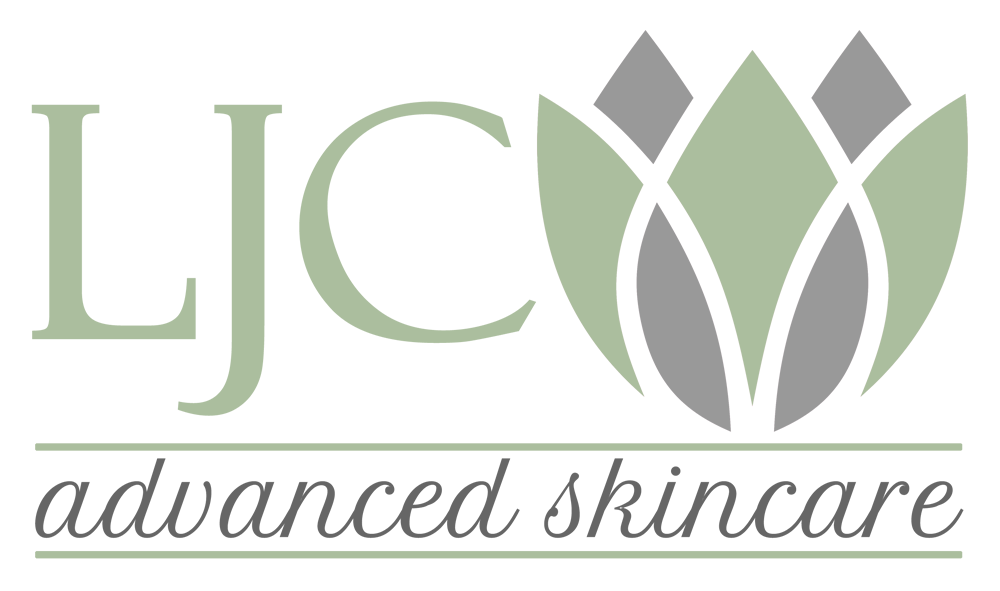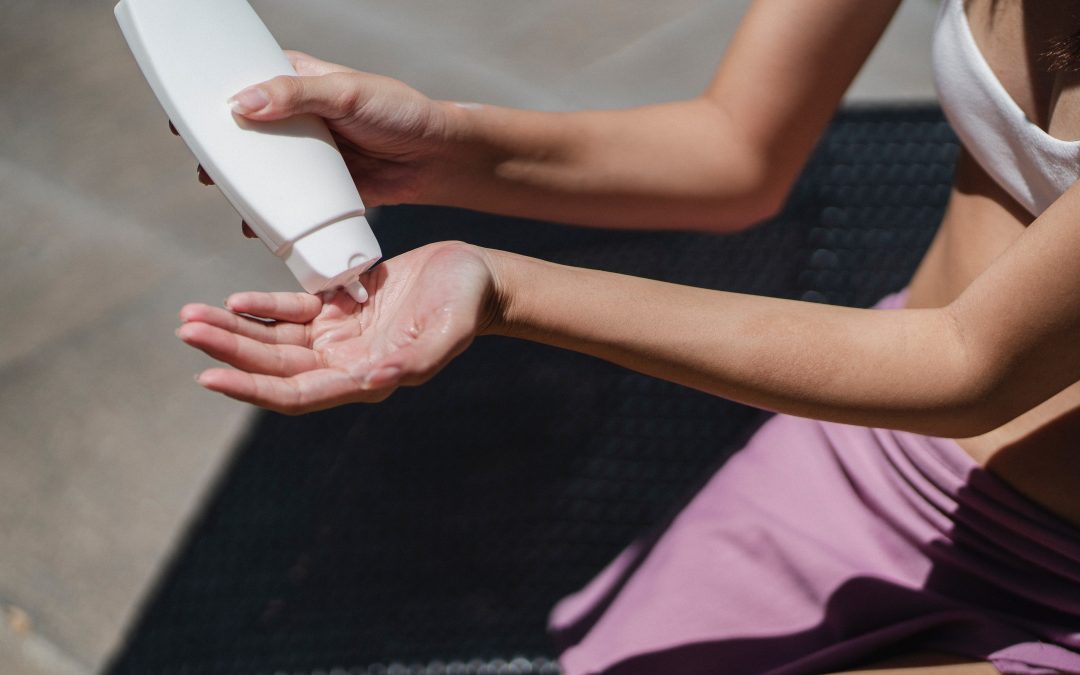SPF is one of the most important stages of your daily skincare routine – yes, you read that right – daily! I’m not just referring to slathering sunscreen at the beach. We tend to diligently apply SPF when the sun is blazing, particularly during warmer weather and beach days. However, SPF should be used consistently, even on cloudy days to protect our skin from long-term damage to our skin, including pigmentation and premature ageing.
Understanding Pigmentation
Before delving into the connection between sun exposure and pigmentation, let’s first understand what pigmentation is. Pigmentation refers to the colouring of the skin. It occurs due to the production of melanin, a pigment responsible for our skin, hair, and eye colour. Melanin acts as a natural defence mechanism that helps protect our skin from the sun’s harmful UV (ultraviolet) rays.
The sun emits two types of UV rays: UVA and UVB. Both play a significant role in the development of pigmentation.
• UVA rays are responsible for causing long-term damage to the skin. They penetrate deep into the skin layers, triggering the production of melanin. Over time, this can lead to an excessive build-up, resulting in pigmentation spots or uneven skin tone.
• UVB rays, on the other hand, are the primary cause of sunburn. They directly affect the outer layers of the skin, leading to redness, inflammation, and peeling.
The Importance of SPF
Now that we understand the role of the sun in pigmentation, it becomes evident why SPF is crucial for protecting our skin. SPF stands for Sun Protection Factor and measures the level of protection a product provides against UVB rays.
• The higher the SPF value, the more protection it offers against these harmful rays.
• It is important to note that SPF alone does not provide full protection against UVA rays. Hence, choosing broad-spectrum sunscreens that protect against both UVA and UVB rays is essential.
Regular use of SPF can significantly reduce the risk of pigmentation caused by sun exposure. Here are a few key points to remember:
1. Apply SPF daily: Make it a habit to apply sunscreen on all exposed areas of your skin, regardless of the weather conditions. UV rays can penetrate cloud cover and even windows, so protection is necessary even on cloudy or indoor days.
2. Reapply frequently: Sunscreen should be reapplied every two hours or more frequently if you are swimming, sweating, or engaging in activities that might cause the product to rub off.
3. Use an adequate amount: Ensure you apply enough sunscreen to provide adequate coverage. A general guideline is to use a teaspoon amount for the face.
4. Seek shade during peak hours: The sun’s rays are strongest between 10 am and 4 pm. Try to seek shade during these hours to minimise your exposure whenever possible.
Reduce Pigmentation with our Mesotherapy Skin Treatment
Sun damage along with the ageing process can take its toll on your skin, leading to the skin losing its plumpness, elasticity, and radiance. The Mesotherapy Skin treatment helps to build protein chains for healthy collagen and elastin synthesis. A cocktail of skin-loving vitamins, hyaluronic acid, amino acids and nucleic acids are injected epidermis/dermal junction
to feed and strengthen the skin.
The epidermal/dermal junction is where cell-to-cell communication takes place, and it is also where new cell production happens. The cells that contribute towards skin pigmentation are located here, which makes this treatment a great way of reducing hyperpigmentation.
Alternative Treatment Option for Pigmentation
An alternative treatment you could also try to reduce your pigmentation and melasma is the SQT Biomicroneedling Treatment.
This treatment is completely different to regular microneedling…
There’s no anaesthetic, no skin breakage and no bleeding. It shortens the cycle from 28 days to 7 days and achieves natural, safe, and effective physical rejuvenation.
In just 5 minutes, 3,000,000 natural siliceous microneedles are directly introduced into the dermis layer through hand massage to promote skin metabolism and stimulate collagen regeneration. Some flaking or peeling can be expected depending on the esthetician’s level of penetration depending on the health of the patient’s skin and the esthetician’s level of penetration.
Compared with a traditional metal microneedle, the procedure is much easier and the risk of infection is greatly reduced.
Visit LJC Advanced Skincare to explore our transformative treatments and discover the perfect products for your skincare routine. Remember, feeling good in your own skin is a journey, and every step you take brings you closer to radiance and self-assurance. Embrace your skin, love yourself, and let your confidence shine through with LJC Advanced Skincare today!

